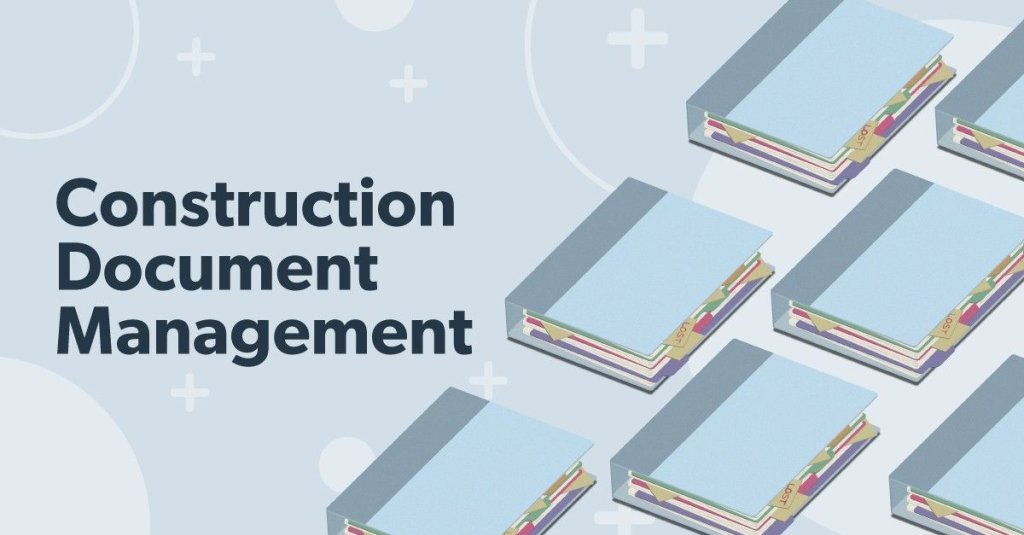Getting Seamless Project Shipment: Architect's Comprehensive Strategy to Construction Record Administration
One critical aspect often took too lightly is the administration of construction files, which offers as the foundation of every job. As designers browse the intricacies of style, coordination, and execution, a detailed strategy to document management emerges as a linchpin for attaining seamless project delivery.
Value of Construction Record Monitoring
Efficient building file administration plays a vital function in guaranteeing job success by promoting seamless communication and organization throughout the construction process. By keeping accurate and updated building documents, designers can successfully interact with professionals, subcontractors, and various other stakeholders involved in the task. These records function as a recommendation point for all parties, making certain that every person is functioning from the same collection of info and minimizing the likelihood of misunderstandings or mistakes.
In addition, appropriate paper monitoring can enhance job performance, lower costly delays, and ultimately lead to the effective completion of building and construction tasks. Engineers that focus on building and construction paper management established a solid foundation for task success and show a commitment to providing top notch outcomes.
Crucial Element for Efficient Paperwork

Given the critical function that organized and exact building documentation plays in guaranteeing project success, it is important to recognize crucial elements that add to effective paperwork monitoring. Firstly, clear and concise interaction is paramount. All stakeholders must recognize the paperwork needs and have the ability to gain access to and analyze the details easily. Secondly, establishing standard design templates and protocols ensures uniformity across all project files. This includes naming conventions, documents frameworks, and revision control to stop errors and confusion. Routine testimonials and updates are important to maintain paperwork existing and reflective of the task's progress. This technique helps determine any discrepancies or adjustments that require to be dealt with without delay. Implementing a robust record management system that allows for variation control, access limitations, and audit tracks substantially boosts the organization and security of job documents. By incorporating these crucial elements right into building and construction paper administration practices, engineers can enhance processes, minimize mistakes, and inevitably contribute to the successful delivery of jobs.
Using Modern Technology for Document Company
Leveraging innovative electronic tools and software systems is instrumental in boosting the company and ease of access of construction documents. Architectural firms can streamline their paper management processes by executing specialized software designed for the building and construction industry. These devices supply functions such as variation control, cloud storage, and collaborative editing and enhancing capacities, making it possible for team participants to service files simultaneously and making certain every person has accessibility to the most up-to-date information.
One trick benefit of making use of innovation for paper company is the capacity to create a central database for all project-related data. By storing records in a safe electronic environment, architects can conveniently look, recover, and share details with stakeholders, minimizing the threat of variation conflicts or misplaced data. In addition, advanced software application services typically integrate metadata tagging and indexing functionalities, permitting customers to classify papers successfully and fetch them promptly when required.
Collaborative Techniques With Task Teams
To enhance task outcomes, engineers have to embrace collective approaches when collaborating with job teams to ensure smooth interaction and control throughout the construction procedure. Cooperation with job groups is important for architects to properly manage building tasks. construction document management. By fostering open communication and team effort amongst all stakeholders, designers can enhance decision-making processes, address potential problems proactively, and ensure that everyone is lined up with the task objectives
Engineers should establish clear lines of interaction with designers, professionals, customers, and other vital employee from the start of the job. Routine meetings, progress updates, and feedback sessions should be set up to maintain look at this website every person educated and engaged. Making use of collective job monitoring tools can likewise help with real-time details sharing and document collaboration, improving openness and effectiveness.

Ideal Practices for Document Version Control

Conclusion
In Related Site verdict, reliable construction record management is crucial for attaining smooth job delivery (construction document management). It is imperative for architects to implement finest techniques in document monitoring to effectively navigate the complexities of building and construction jobs.
Effective building record monitoring plays an important duty in ensuring job success by helping with smooth communication and company throughout the building and construction process. In addition, appropriate paper management can enhance job effectiveness, lower pricey delays, and inevitably lead to the successful conclusion of building and construction tasks.To maximize task outcomes, engineers need to embrace collaborative strategies when functioning with job groups to guarantee smooth interaction and coordination throughout the building and construction process. Collaboration with job teams is necessary for architects to properly take care of informative post construction tasks.In the realm of collaborative building project monitoring, keeping exact control over paper versions stands as an essential method for ensuring task stability and communication.
Comments on “Secure Your Success: Construction Document Management Techniques for Professionals”